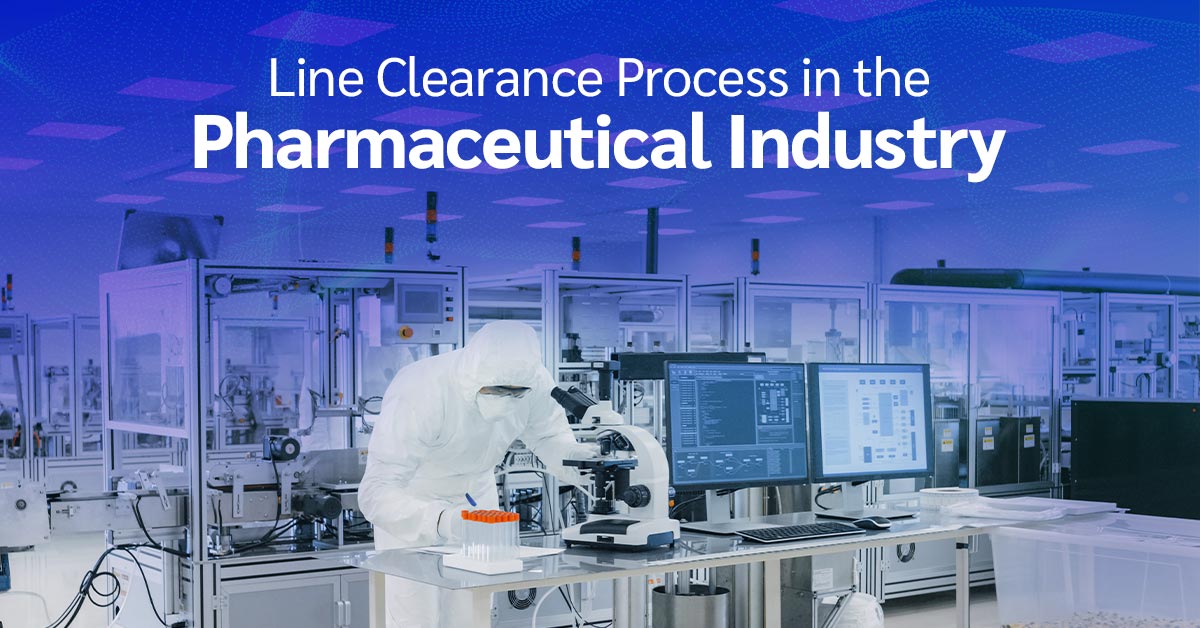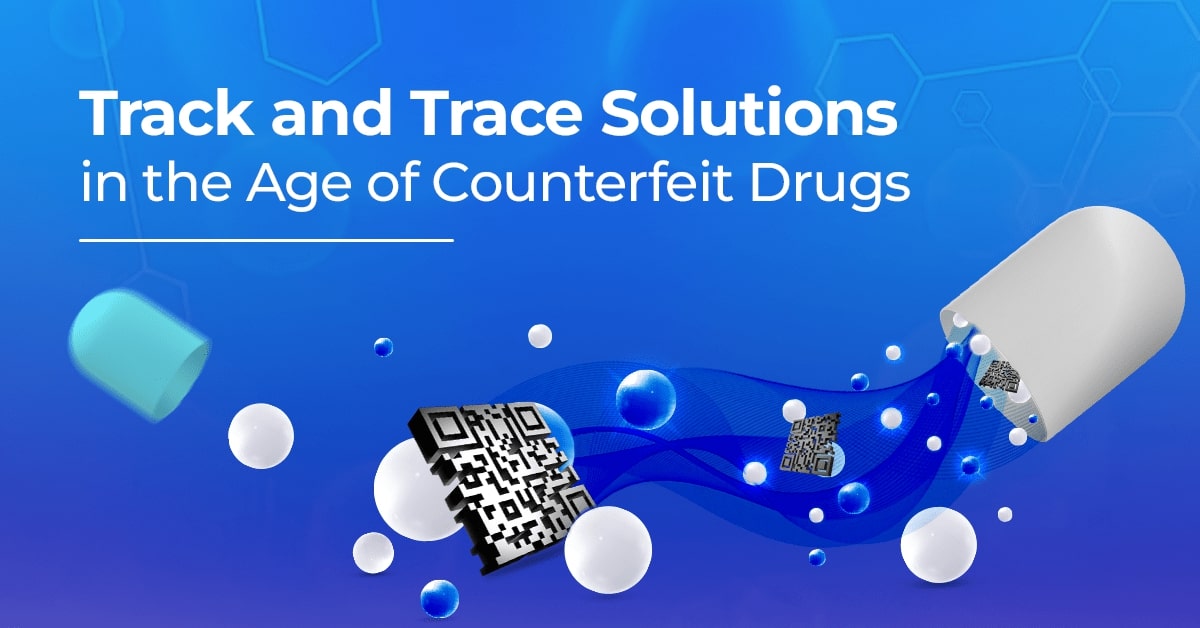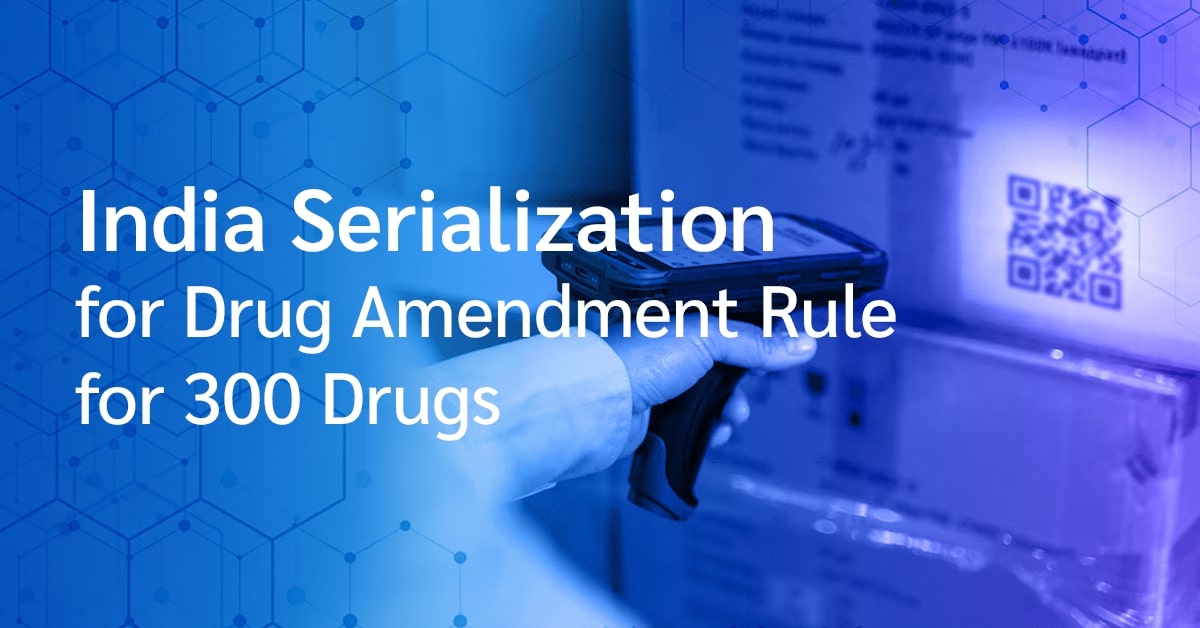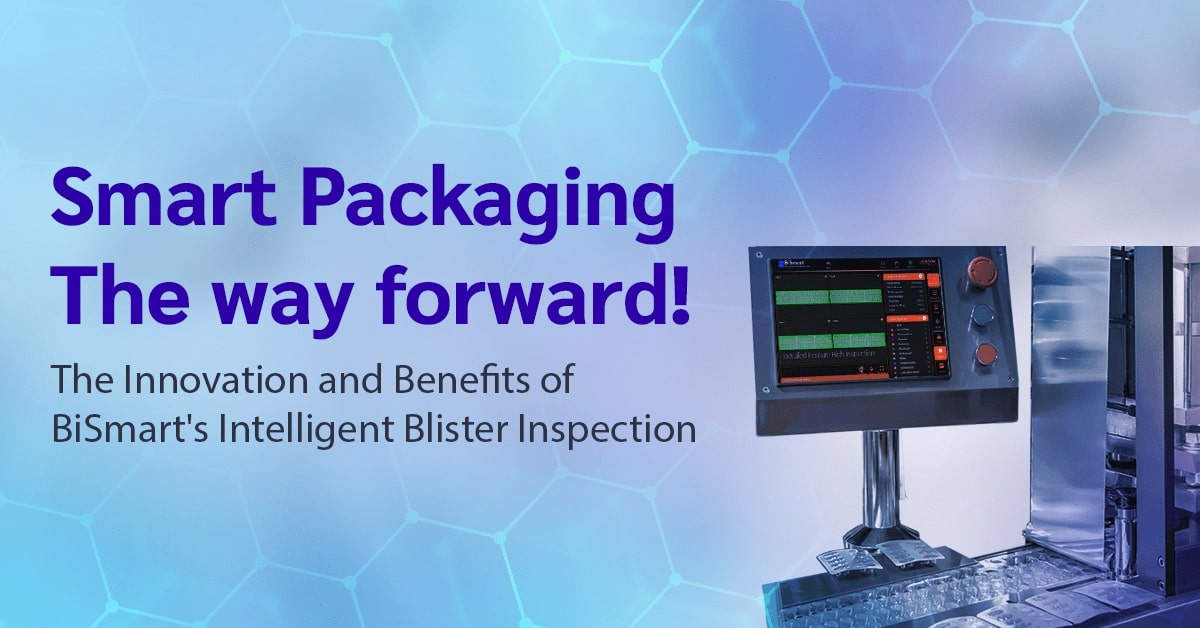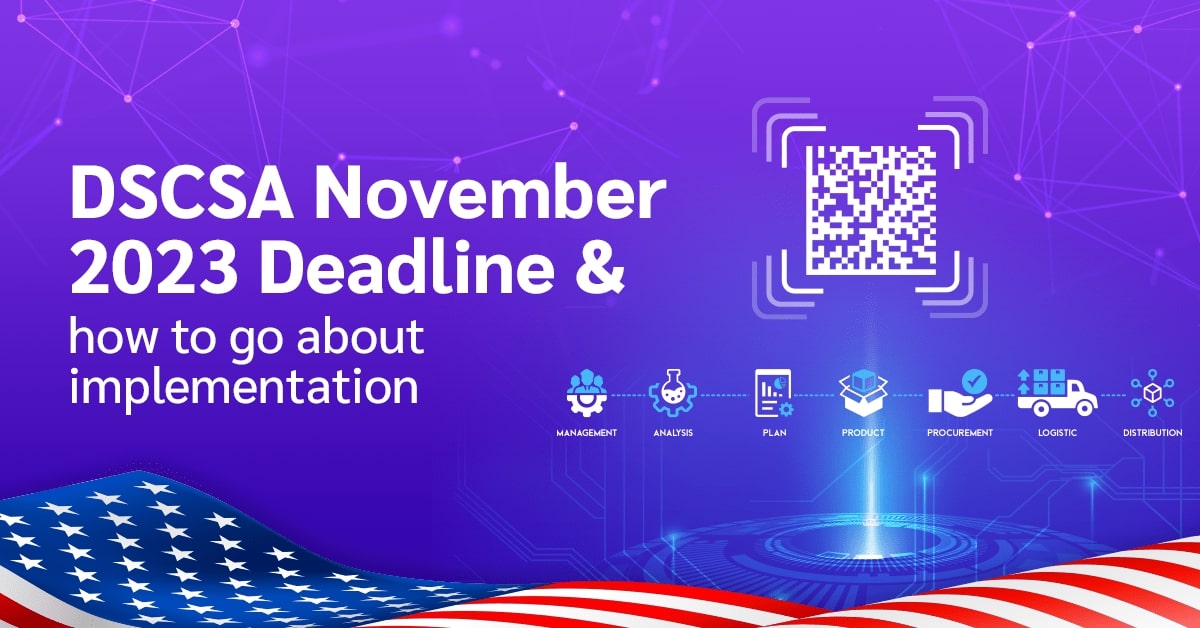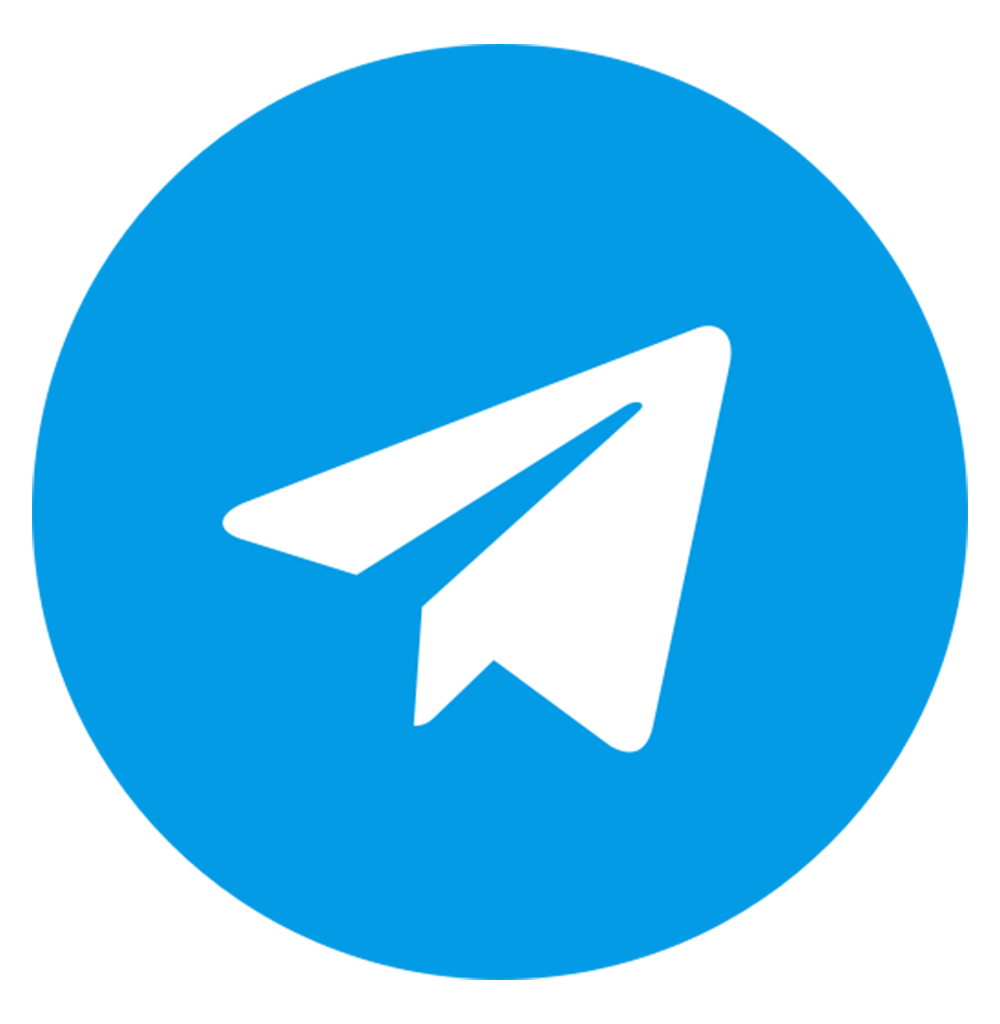What is Line Clearance?
Line clearance is a crucial step in the pharmaceutical manufacturing process. Before starting the production of a new batch of medicine, the production line (which includes machines, tools, and working areas) must be thoroughly cleaned and checked. This ensures that no materials, documents, or equipment from a previous batch are left behind. The main goal is to prevent contamination or mix-up of products, which could be harmful to patients.
Why is Line Clearance Important?
Line clearance is important for several reasons:
- Patient Safety: It ensures that the medicine produced is safe and free from contamination, preventing any harm to patients.
- Product Quality: By making sure that the production line is clean and prepared, the quality of the medicine is maintained at a high level.
- Regulatory Compliance: The pharmaceutical industry is highly regulated. Proper line clearance helps companies comply with strict regulations and avoid penalties.
- Efficiency: A well-conducted line clearance process can reduce production delays and ensure smooth operations.
Benefits of Digitalizing the Line Clearance Process
In traditional pharmaceutical manufacturing, line clearance is often done using paper checklists. This method, while effective, can be time-consuming and prone to human error. Digitalizing the line clearance process can bring significant benefits to different stakeholders within the pharmaceutical company.
1. Benefits for Operators:
- Time-Saving: Digital tools can guide operators through the line clearance process more quickly and efficiently.
- Reduced Errors: Automated checks can help prevent mistakes, ensuring that no step is missed.
- Ease of Use: Digital systems can be more user-friendly, making the process easier for operators to follow.
2. Benefits for Line Supervisors:
- Real-Time Monitoring: Digital systems allow supervisors to monitor the progress of line clearance in real-time, ensuring that the process is completed on time.
- Improved Communication: Supervisors can easily communicate with operators and provide guidance if needed.
- Detailed Reporting: Digital systems can generate detailed reports, helping supervisors identify areas for improvement.
3. Benefits for the Quality Department:
- Better Compliance: Digital records are easier to store, retrieve, and review, making it simpler to demonstrate compliance during audits.
- Data Integrity: Digital systems reduce the risk of data tampering or loss, ensuring that all records are accurate and complete.
- Improved Quality Control: Quality teams can use the data from digital systems to identify trends and take preventive actions to maintain high standards.
4. Benefits for the Entire Pharmaceutical Organization:
- Increased Efficiency: Digitalizing line clearance can reduce downtime, allowing the company to produce more medicine in less time, and managing continuous training for the temporary workers.
- Cost Savings: By reducing errors and improving efficiency, the company can save money on production costs and avoid costly recalls or regulatory fines.
- Enhanced Reputation: Consistently producing high-quality, safe medicines can enhance the company’s reputation and build trust with customers, regulators, and partners.
- Innovation and Growth: Digitalization can be a stepping stone towards more advanced manufacturing technologies, opening up new opportunities for innovation and growth.
Conclusion
The line clearance process is a vital part of pharmaceutical manufacturing. Digitalizing this process not only enhances efficiency and accuracy but also brings significant benefits to operators, supervisors, the quality department, and the entire organization. In an industry where safety, quality, and compliance are paramount, digital tools can help pharmaceutical companies stay ahead, ensuring that they deliver the best possible products to patients.
ReeSmart suite, from Jekson Vision, could support the Line Clearance process in different ways:
- By simply digitalizing the list of tasks to perform by the operators, requesting a step-by-step validation, creating the report along the process and sending it to the line supervisor and/or the quality Dpt for approval.
- By asking the operators to take pictures along the process (thanks to a mobile device, eventually equipped with an endoscopic camera for tiny areas), to prove the job has been done and if not, requesting to go back to the suspected area to check and confirm.
- By introducing fixed cameras in critical areas to automatically check them and guide the operator if additional actions are needed there.
These three levels of digitalization are independent and could be Implemented one by one, depending on customer request and habits, so Jekson Vision is able to support the Digitalization process up to Industry 4.0, according to the level and the wish of digital integration of each customer.
To get a customized solution reach us on marketing@jeksonvision.com

